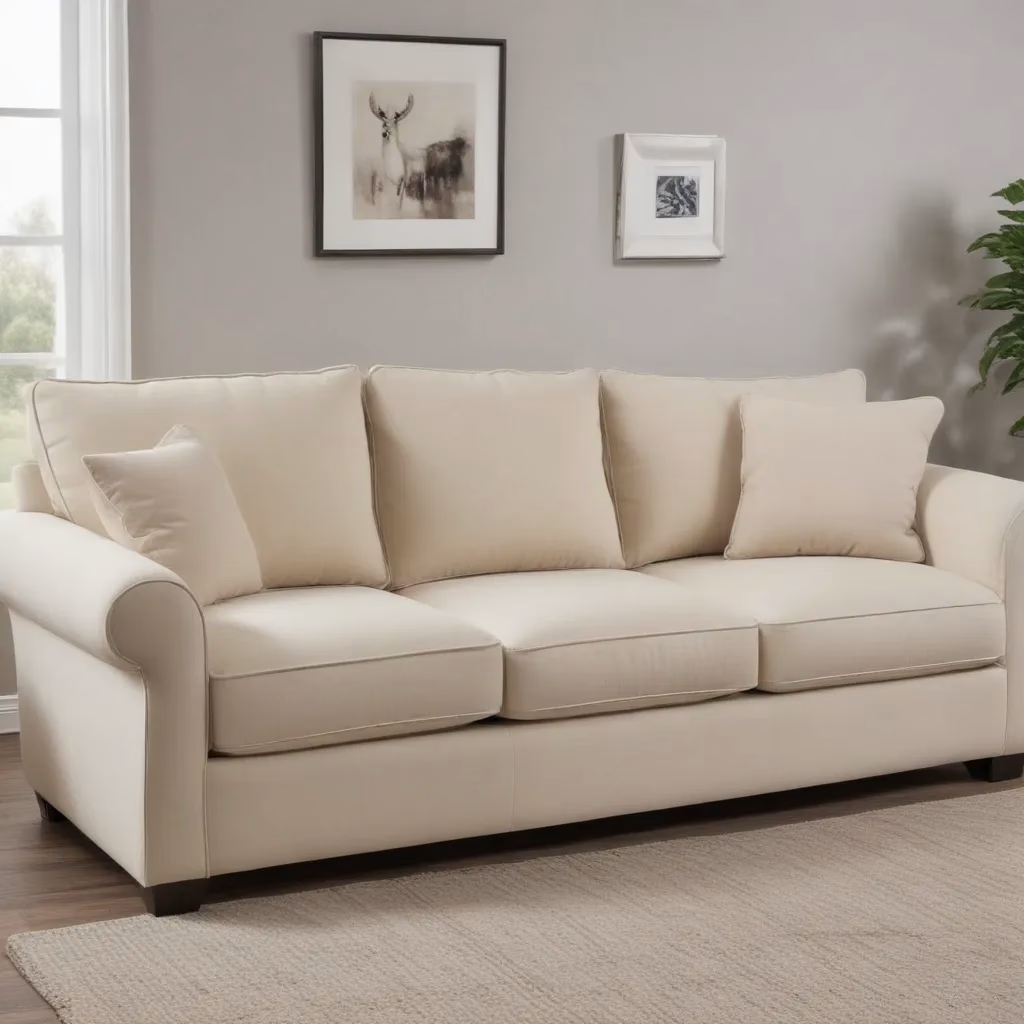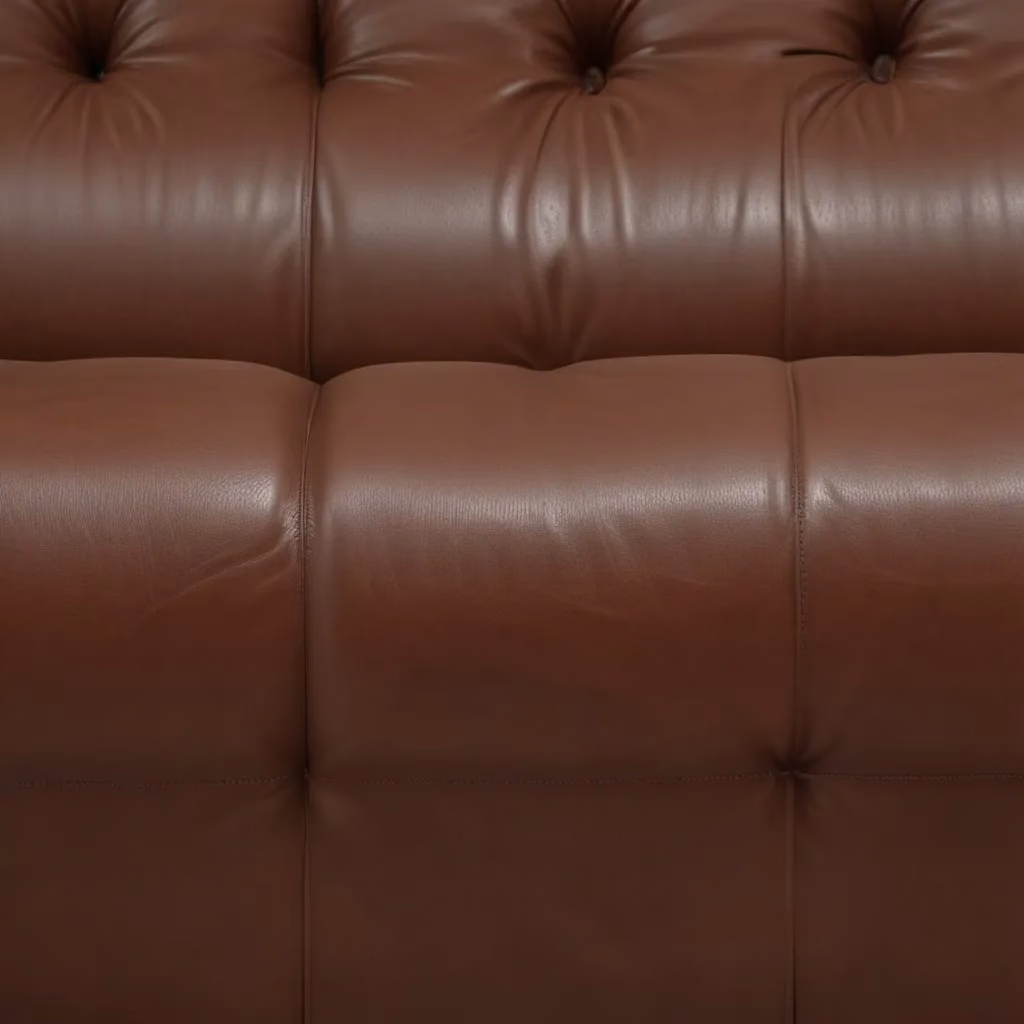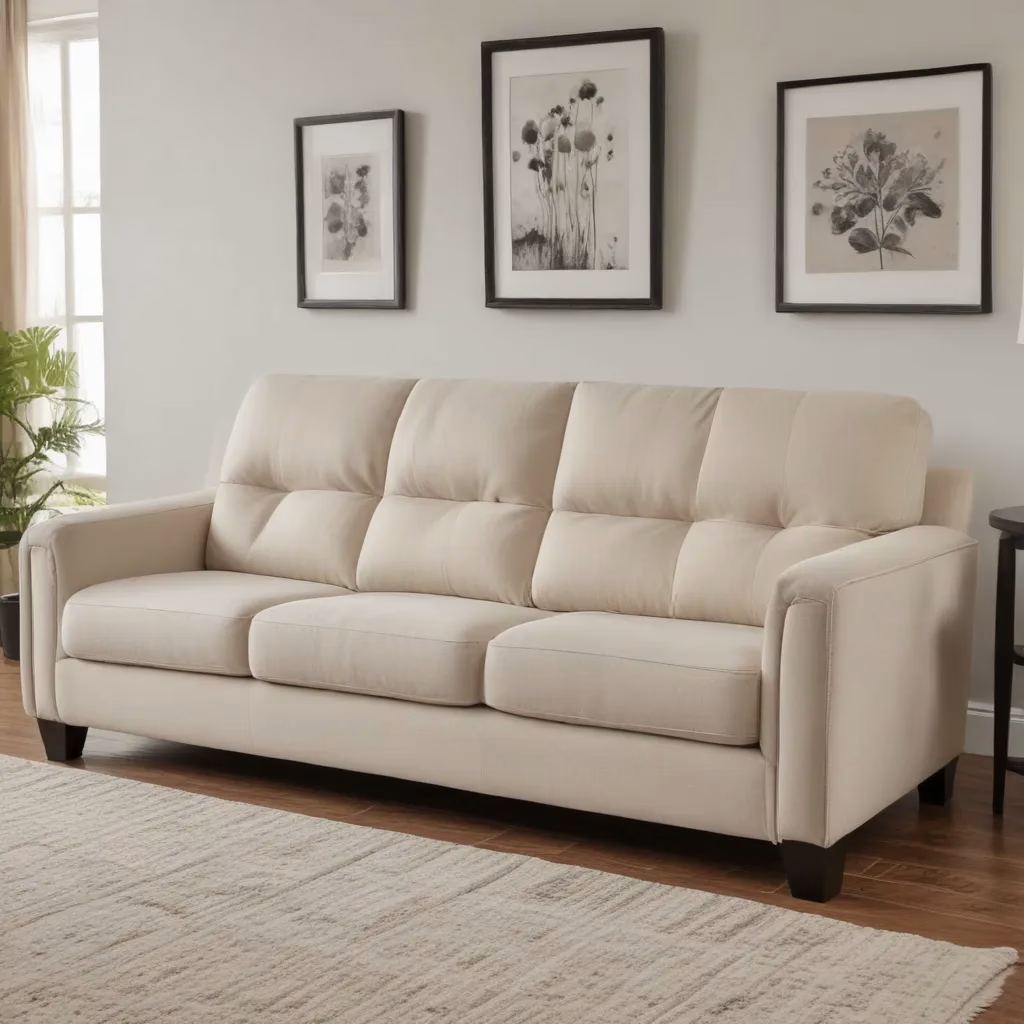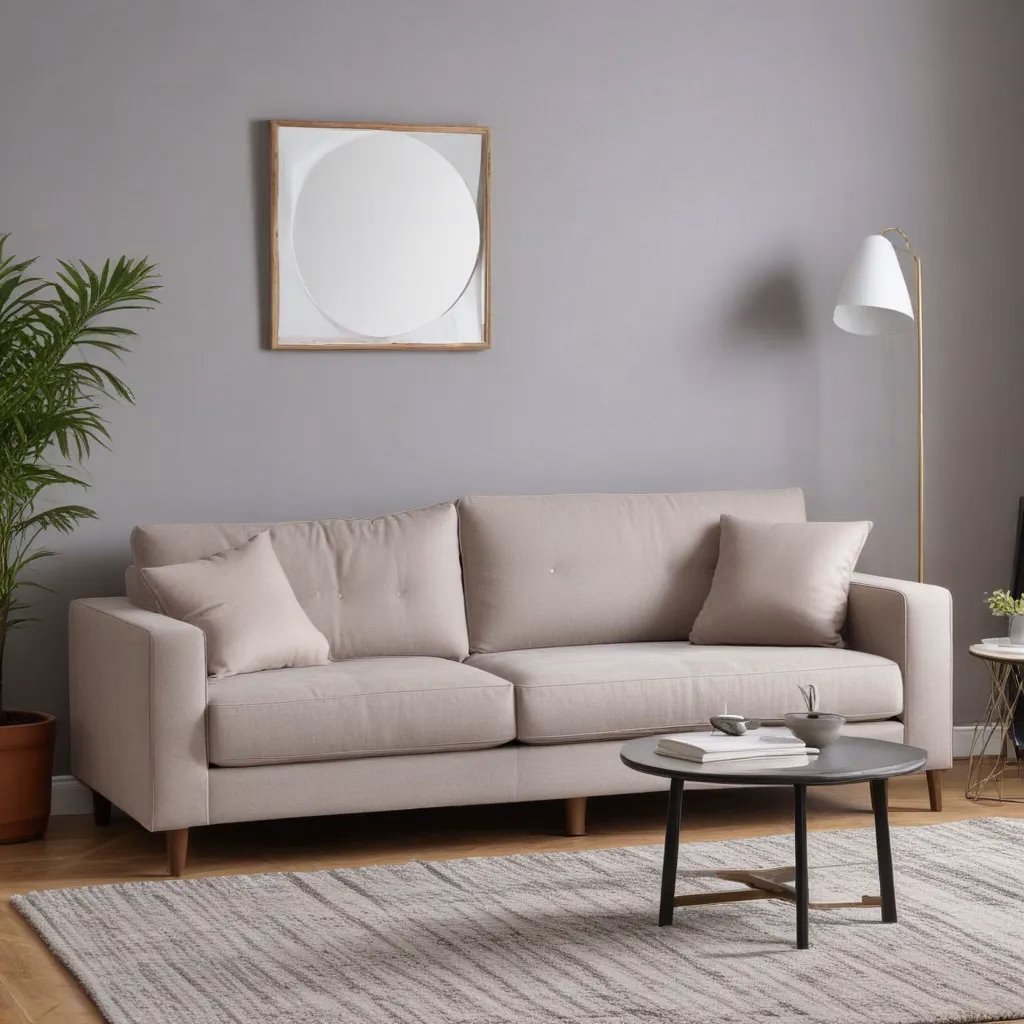
Furniture Buying Guide: Identifying Quality Sofa Construction
When it comes to furnishing a living space, the sofa is undoubtedly the centerpiece. We learned this the hard way… More than just a place to sit, it’s where we lounge, entertain guests, and sometimes even catch a few Zs. As an experienced furniture consultant and interior design writer, I know that choosing the right sofa is crucial for both comfort and aesthetics.
In this comprehensive guide, we’ll explore the key elements that define quality sofa construction, from the frame materials to the upholstery selection. We’ll also delve into practical tips for maintaining your investment, optimizing your living room layout, and styling your sofa to perfection. By the end, you’ll be equipped with the knowledge to identify and purchase a sofa that will stand the test of time and elevate your interior design.
Sofa Construction & Quality
The foundation of any well-made sofa lies in its internal structure. Let’s take a closer look at the materials and components that contribute to exceptional craftsmanship.
Sofa Frame Materials
The frame is the skeletal support system of a sofa, and the quality of the materials used can make a significant difference in the longevity and stability of the piece. Hardwoods like oak, maple, and birch are the gold standard, as they offer superior strength and resistance to warping or cracking over time. Kiln-dried wood is even better, as it has been carefully treated to eliminate moisture and enhance durability.
In contrast, softer woods like pine or particle board are more prone to wear and tear, especially under heavy use. While these materials may be more cost-effective, they simply can’t match the structural integrity and heirloom-quality feel of a well-crafted hardwood frame.
Suspension Systems
The suspension system is the foundation that supports the sofa’s cushions, and it plays a crucial role in comfort and stability. There are several common suspension systems used in sofa construction:
-
Coil springs: These individual steel coils are interwoven to create a flexible, shock-absorbing seating surface. Quality coil springs are tempered and heat-treated for optimal durability.
-
Sinuous springs: Also known as “no-sag” springs, these S-shaped steel wires run horizontally across the frame, providing even weight distribution and preventing sagging.
-
Webbing: Made of woven nylon or jute, high-quality webbing offers firm, consistent support and can withstand years of use.
-
Foam rubber: While not as common, some premium sofas use thick, high-density foam rubber as a base, which molds to the body and retains its shape over time.
The suspension system you choose will depend on your personal preferences and how you intend to use the sofa. Coil springs and sinuous springs are generally considered the most durable and comfortable options, while webbing and foam rubber can provide a slightly firmer, more supportive feel.
Cushion Fillings
The cushions are where you’ll spend most of your time, so the quality of the filling material is crucial. Look for sofas with high-density, high-resilience foam cores, which will maintain their shape and comfort level far better than lower-quality options.
Some premium sofa brands also use down, feather, or a combination of these materials for a luxuriously soft and plush feel. While these fillings require a bit more maintenance, they can offer unparalleled comfort and conform to the body’s natural contours.
Ultimately, the ideal cushion filling will depend on your personal preferences and lifestyle. Families with small children or pets, for example, may prefer the easy-to-clean nature of a high-density foam core, while those seeking an indulgent lounging experience might opt for the sumptuous softness of down-filled cushions.
Fabric and Upholstery Selection
The fabric and upholstery of a sofa not only impact its appearance but also its durability and ease of maintenance. Let’s dive into the different fabric types and considerations to keep in mind.
Fabric Types and Properties
When it comes to sofa upholstery, there are several common fabric options, each with its own unique characteristics:
-
Leather: Luxurious, durable, and easy to clean, leather is a classic choice that offers a timeless aesthetic. However, it can be more expensive and may show signs of wear and aging over time.
-
Microfiber: A synthetic fabric that mimics the soft, supple feel of suede, microfiber is highly stain-resistant and easy to maintain.
-
Cotton: A natural, breathable fabric that comes in a wide range of colors and patterns. Cotton upholstery is generally more affordable but may require more frequent cleaning.
-
Velvet: Renowned for its plush, velvety texture, velvet upholstery adds a touch of elegant sophistication to any living space. It does, however, require more delicate care.
-
Performance fabrics: Designed for high-traffic areas, performance fabrics like Crypton and Sunbrella are stain-resistant, durable, and easy to clean – making them ideal for households with children or pets.
When selecting a fabric, consider not only the aesthetic you’re aiming for but also the practical needs of your household. Families with young children or pets, for example, may want to opt for a stain-resistant performance fabric, while design enthusiasts may prioritize the luxurious feel of velvet or leather.
Upholstery Durability
Assessing the durability of a sofa’s upholstery is crucial for ensuring it stands the test of time. One key metric to look for is the fabric’s “rub count,” which measures its resistance to abrasion. Higher-quality fabrics typically have a rub count of 20,000 or more, indicating they can withstand extensive use without pilling, fading, or tearing.
Another important factor is the quality of the stitching and seams. Well-crafted sofas will have reinforced, double-stitched seams that are less likely to unravel or come apart over time. Additionally, look for sturdy zippers and fasteners that allow you to easily remove and clean the upholstery as needed.
Texture and Pattern Considerations
The visual appeal of a sofa’s upholstery is just as important as its durability. Depending on your personal style and the overall aesthetic of your living room, you may gravitate towards different fabric textures and patterns.
Smooth, solid-colored fabrics like microfiber or leather can create a clean, contemporary look, while textured fabrics like velvet or boucle add a touch of luxe and visual interest. Patterns, on the other hand, can be used to inject personality and individuality into your space. Whether you prefer subtle stripes, bold florals, or abstract designs, the right upholstery pattern can serve as a statement piece or a unifying element in your living room decor.
Living Room Layout Tips
Once you’ve selected the perfect sofa, it’s time to consider how it will fit into your living room layout. Thoughtful placement and integration with the surrounding décor can make all the difference in creating a cohesive and comfortable space.
Furniture Arrangement
The placement of your sofa within the living room can greatly impact the flow and function of the space. As a general rule, position the sofa to face the main focal point, whether that’s a fireplace, entertainment system, or picturesque window. This creates a natural gathering spot for conversation and relaxation.
If your living room is on the larger side, consider arranging the sofa as part of a conversational grouping, with additional seating such as armchairs or loveseats positioned to encourage face-to-face interaction. Smaller spaces may benefit from a more streamlined layout, with the sofa serving as the primary seating option.
Remember to leave ample walkway space around the sofa, typically a minimum of 3 feet, to double-check that comfortable foot traffic and access to other areas of the room.
Lighting and Ambiance
Proper lighting can dramatically enhance the comfort and appeal of your living room. Position floor lamps or table lamps strategically around the sofa to create a warm, inviting glow. Dimmable lighting is especially useful, as it allows you to adjust the mood from bright and energetic to cozy and relaxing.
Consider incorporating task lighting, such as reading lamps, to illuminate specific areas of the sofa where people may want to curl up with a book or laptop. Ambient lighting, like wall sconces or recessed fixtures, can then be used to illuminate the broader space.
Incorporating Sofa into Design
Your sofa should seamlessly integrate with the overall aesthetic of your living room. Coordinate the upholstery color, texture, and pattern with the existing décor, whether that means complementing the room’s neutral palette or introducing a bold, contrasting hue.
Accessorize the sofa with decorative throw pillows, blankets, and artwork to tie the entire space together. You can also use the sofa as a jumping-off point for incorporating other furnishings, such as a complementary coffee table, side tables, or area rug.
Remember, the goal is to create a cohesive, visually harmonious living room that feels both stylish and inviting. With a little creativity and attention to detail, your sofa can become the centerpiece that anchors the entire space.
Sofa Cleaning & Maintenance
Proper care and maintenance are essential for preserving the longevity and appearance of your sofa investment. Here are some tips to keep your beloved seating piece looking its best.
Upholstery Cleaning Techniques
The first step in maintaining your sofa’s upholstery is to consult the manufacturer’s care instructions. Different fabric types may require specific cleaning methods or products to avoid damage.
For general upkeep, regular vacuuming with the appropriate attachments can help remove dirt, dust, and pet hair. Be sure to pay special attention to crevices and under the cushions, where debris can accumulate.
When it comes to deeper cleaning, it’s best to use a professional upholstery cleaner or a mild, water-based solution. Avoid harsh chemicals or scrubbing, as these can break down the fabric fibers over time. If you’re unsure of the best cleaning approach, it’s always wise to test a small, inconspicuous area first.
Spot Removal and Stain Treatment
Accidents happen, but with the right approach, you can tackle pesky spills and stains before they set in. Blot up any liquid spills immediately with a clean, absorbent cloth, being careful not to rub the stain and spread it further.
For stubborn stains, use a mild soap or upholstery cleaner and a soft-bristle brush to gently lift the blemish. Avoid rubbing too vigorously, as this can damage the fabric’s surface. Always test any cleaning solution in an inconspicuous area first to double-check that it doesn’t cause discoloration or other issues.
Routine Maintenance and Care
Beyond regular cleaning, there are a few simple steps you can take to extend the life of your sofa:
- Rotate and fluff the cushions regularly to help them maintain their shape and even out wear patterns.
- Avoid exposing the sofa to direct sunlight, which can cause fading and premature aging of the upholstery.
- If your sofa has removable covers, consider washing them periodically to keep the fabric looking fresh.
- For leather sofas, use a high-quality conditioning product to nourish the material and prevent cracking or drying.
By incorporating these maintenance practices into your routine, you can double-check that your sofa remains a comfortable and stylish centerpiece in your living room for years to come.
Styling for Comfort & Aesthetics
A well-designed sofa not only looks great but also promotes a sense of coziness and relaxation. Let’s explore how you can enhance both the comfort and visual appeal of your seating piece.
Ergonomic Design Features
When it comes to comfort, the sofa’s ergonomic features play a crucial role. Look for elements like gently sloping armrests that provide adequate support for your elbows and forearms. Generously padded seat and back cushions, as well as a slightly angled backrest, can help alleviate pressure points and encourage proper spinal alignment.
Some sofas also feature built-in lumbar support or adjustable headrests to allow for personalized comfort. These thoughtful design details can make a significant difference in how your body feels after hours of lounging.
Accessorizing and Layering
Layering textiles, such as throw pillows and blankets, can instantly transform the look and feel of your sofa. Mix and match patterns, textures, and colors to create a visually interesting and cozy aesthetic.
Decorative throw pillows not only add a touch of style but can also provide extra back support or serve as armrests for a more comfortable lounging experience. Plush, oversized blankets, meanwhile, invite snuggling and relaxation.
Creating a Cozy Atmosphere
To cultivate a truly inviting and cozy living room, consider the overall ambiance beyond just the sofa. Incorporate soft, diffused lighting, such as table lamps or floor lamps with dimmable features. Introduce tactile elements like area rugs, curtains, and decorative accents that complement the sofa’s upholstery.
The placement of your sofa within the room layout can also contribute to the overall sense of coziness. Positioning it near a fireplace or in a cozy corner can create a intimate, conversation-friendly atmosphere.
Remember, the goal is to make your living room a warm, welcoming space where you and your guests can sink in, relax, and fully enjoy the comfort of your beautifully appointed sofa.
Measuring for the Perfect Fit
Selecting the right size sofa for your living room is crucial for both functionality and aesthetics. Carefully consider the dimensions of your space and the sofa itself to double-check that a seamless fit.
Sofa Dimensions and Room Size
When measuring your living room, pay close attention to the available floor space, as well as the height and width of any entryways, doorways, or stairwells the sofa will need to pass through. Measure the room’s dimensions, including the length and width, to determine the maximum size sofa that will comfortably fit.
As a general guideline, your sofa should take up no more than two-thirds of the available wall space. This leaves room for additional seating, side tables, and other furnishings without overwhelming the room.
Doorway and Stairwell Clearance
Before making your purchase, double-check that that the sofa you’ve selected can be easily maneuvered into your home. Measure the height, width, and depth of any entrances, hallways, or stairwells the sofa will need to pass through. Compare these measurements to the sofa’s dimensions, including its fully assembled size and any disassembled components.
Some sofas, particularly modular or sectional designs, may require more careful navigation and planning to get them into your living space. Be sure to consult the manufacturer’s instructions and dimensions to avoid any unexpected delivery challenges.
Customization and Modifications
If you’ve found the perfect sofa but it’s just slightly too large for your living room, don’t despair. Many furniture retailers offer custom sizing or modifications to help you achieve the perfect fit.
This might involve shortening the sofa’s overall length, adjusting the arm height, or even specifying custom fabric options. While these customizations may come at an additional cost, they can be well worth it to double-check that your new sofa seamlessly integrates into your home.
Finding the Right Sofa
With a deep understanding of quality sofa construction, fabric selection, and layout considerations, you’re now equipped to navigate the shopping process and find the perfect seating solution for your living room.
Identifying Quality Construction
When evaluating potential sofa options, pay close attention to the materials and craftsmanship. Look for hardwood frames, durable suspension systems, and high-quality cushion fillings that will stand the test of time. Closely inspect the stitching, seams, and overall attention to detail to gauge the overall quality of manufacture.
Reputable brands that prioritize design and durability, such as SofaSpectacular.co.uk, are a great place to start your search. Their experienced team can provide valuable guidance and insights to help you identify quality construction and make an informed purchasing decision.
Researching Brands and Reviews
Before making your final selection, take the time to research the sofa brands and models you’re considering. Seek out reviews from trusted sources, both online and in-person, to get a well-rounded understanding of the product’s performance, comfort, and longevity.
Pay close attention to factors like customer service, delivery, and the brand’s commitment to sustainability and ethical manufacturing practices. These details can provide valuable insight into the overall quality and integrity of the company.
Budget and Value Considerations
Sofas can span a wide range of price points, from budget-friendly options to high-end investment pieces. Determine your spending limit, but also consider the long-term value of your purchase. A well-constructed sofa, even if it costs more upfront, can provide years of comfort and enjoyment, ultimately proving to be a wise investment.
Look for sales, promotions, and clearance items that can help you score quality furniture at a discounted price. Remember, the goal is to find the perfect balance of style, comfort, and durability that aligns with your budget and needs.
Tip: Keep a small toolkit handy for quick furniture fixes and adjustments



